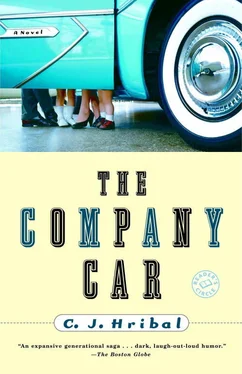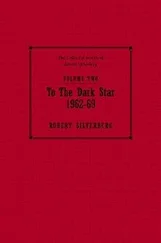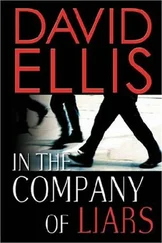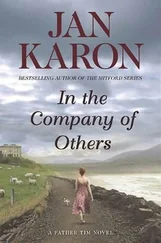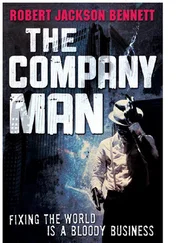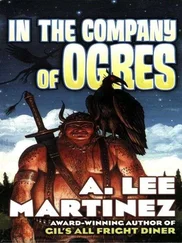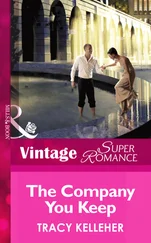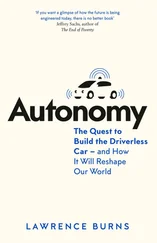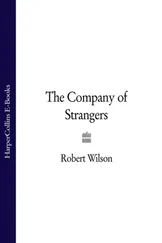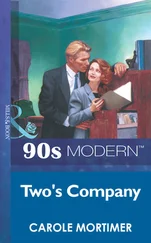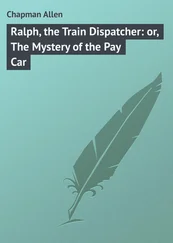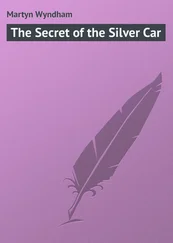“Because Grandma and Grandpa Cza-Cza have told him about a million and umpteen times,” says Dorie, leaning her head back and closing her eyes.
“And what he doesn’t know he’s making up,” says Woolie from behind his Game Boy. So he is listening, despite his attempts to hermetically seal himself inside his electronic media. I’m almost touched.
Dorie’s right. They love to tell this story about themselves. Big and boxlike as they are now, it is sometimes hard for us to imagine them young and willowy, as they were then. But we have seen the pictures. Photographs taken before we were born, the pictures they used on the show when our parents were married: our father in an alleyway in Cicero with his foot on the front bumper of a Chevy Deluxe. He is wearing a two-toned Western-style shirt with the yoke a contrasting color, his hat flying away down the alley behind him, his grin as wide as any man’s could be if he owned a car like that. And our mother, in a black velvet dress with a mock turtleneck collar and sun-ray cutouts from her neck to her bosom, the curvature of which is shown to best advantage by the dress’s snugness. She is sitting backward on a tricycle in front of a row house stoop and looking up into the photographer’s gaze, smiling. She shows us that photo and we ask her, Why are you sitting on that trike? And we don’t hear her answer because we’re too busy thinking: My God, our mom was sexy!
Which is why our mother loved to tell the story of how they got married. It had “sexy” written all over it.
But before our mother can tell us how Billy Ray King oohed and aahed and drooled and slobbered over that picture of her, like a generation of boys had done over those famous photos of Betty Grable, Lauren Bacall, and Rita Hayworth, our father always jumps in to tell us about the photo taken of him.
It was taken in 1950. He is posing with his foot on the front bumper of a brand-new Chevy Deluxe. The driver’s side door is open. The art nouveau Winged Victory with its feet tethered to the hood looks like it’s going to take flight any minute now. His hat already has. There’s a big grin on his face—the car’s his for the day—and he’s posing in the narrow alley behind his folks’ house in Cicero. There’s a brick garage right behind him, then open space to the street beyond, where an open wood-frame garage yawns in the background. The arresting thing about this photograph is the fedora that’s blowing in the space between the garages.
What amazes me is that grin, a grin he maintained even while his hat was flying off his head. I’d like to think that wide crooked grin reveals something elemental about him. Our father is grinning, he seems ecstatic even, that this miraculous event—a car loaned to him by a friend, his hat dancing away behind him—is happening to him.
When our parents talk about their earlier selves, it does seem like it was a miraculous time—each and every minute of it. But I know that’s not the case, and I wish I had more to go on than the couple of pictures that were used on It’s Your Wedding and another dozen or two that our parents pulled out from time to time. I have them with me now, a tiny pile between me and Dorie, and I would hand them one after another into the backseat, Daddy’s show-and-tell, only Cinderella and Peg Leg Meg have made copies of these and other family photos, and scanned them all for a slide show, which will be shown at tomorrow’s dinner. My kids are more likely to pay attention to that than to me, but I plunge ahead anyway, certain I can’t do justice to what the pictures reveal, and—yes, Woolie—making up what I don’t know but certainly feel.
It’s an act of will as much as it is an act of imagination. Desperate, sure of their boredom, I want them nonetheless to feel the magic of those stories. As disjointed and piecemeal as they were often delivered, those stories still let me believe that, somehow, the world made sense, and if Dorie and I are indeed heading toward Splitsville, then I want our kids to have at least that—a belief that even in dark times the world still makes sense.
Besides telling us over and over again about their wedding, our parents loved to tell us how they had grown up in Chicago. For our father it was Cicero, land of bungalows and savings and loans, and home to Mr. Al Capone. Mr. Al Capone figured largely in our father’s childhood, or at least in his mental landscape of it.
The way our father talked about it, Cicero possessed a certain je ne sais quoi. In the early years of the Depression it was Poles and Czechs—Twenty-second Street was called Dwa-Dwa Avenue—and a smattering of Italians. Our father’s neighborhood boasted a Sokol, some bungalows, rows of two-flats, and not much else. An empty cookie company warehouse lined one end of his alley, with a brick garage behind it. Next door was an empty lot where a house had burned down. Across the street were more empty lots, where our father and his friends went skating. Enter Capone. He gets Cicero’s city hall built. He rehabs buildings. He buys the cookie warehouse and the garage behind it. He buys lots of other buildings. Clubs open—the Paddock Club, where Capone gambled, and the 4811 Club, a no-alcohol social club that always seemed to be jumping. Cicero—still in Cook County but outside the Chicago police department’s jurisdiction—was a wonderful place for Capone. He owned the town. And as long as he was hiring and spending and taxes stayed down, what was the problem?
Another photograph, this one taken at the Divisek School of Music in 1934. Our father, seven years old, is in the lower right hand corner of five rows of stacked students, every one of them swaybacked from an accordion. Eighty-nine of them, plus the teacher, on a stage with a wide gilt proscenium arch behind them. The people on the ends are blurry, as if the rows, with fifteen, nineteen, twenty, twenty-one, fourteen people each, were so long the curvature of the earth had to be figured in as well, and the photographer had failed to consider that. You can tell our father from the sad, serious look on his hawklike face, the disbelieving eyes, and because his name is done in inlaid mother-of-pearl up the front of the accordion: Walter Czabek.
His mother wanted him to be a doctor. She was disappointed when he didn’t become one. She was disappointed when he married our mother. She was disappointed about a great many things, and this must have started early, judging from the look on our father’s face. Whether it was in addition to being a doctor or in preparation for it, she also wanted him to be an entertainer. Hence the lessons at the Divisek School of Music. And once she discovered he had some talent, that his fingers could fly over those keys, his mother shifted into high gear as a stage mother. In addition to the accordion lessons with the personalized accordion, he was given a costume, a stage name, publicity photos. More pictures tell the story: the silver cape, the cadet hat, the military-striped wool pants, and the corded and heavily buttoned tunic with the square-cut collar and braided piping at the cuffs. Our father is smiling shyly, his fingers frozen in place on the accordion’s keys and buttons, and white cursive script across the photograph’s bottom, almost as though the words alone are supporting his feet, proclaims that this is “The Little Bohemian Prince.”
If he escaped his own father’s fate—henpecked, cowed, constantly given his marching orders by his imperious wife—it came down to this: he could sing. He opened his throat and the most marvelous, mellifluous tones escaped from it, first a boyish alto, then a rich, mature tenor. His voice gave him a freedom he would not otherwise have; it took him places—clubs, weddings, bar mitzvahs, band shells, auditoriums—where his mother did not want to go.
Читать дальше
